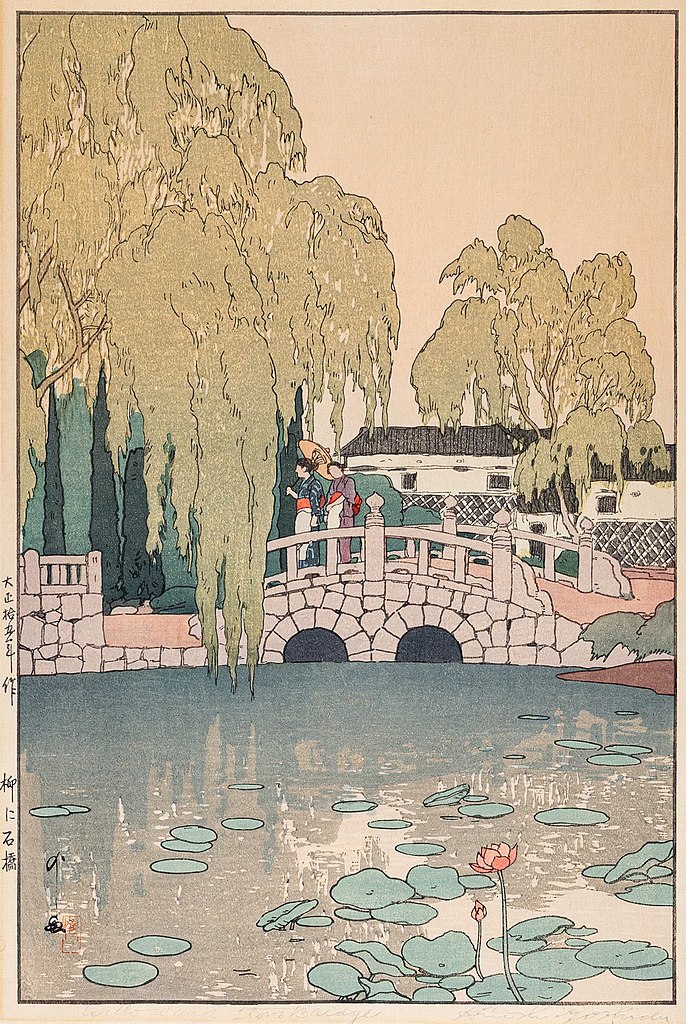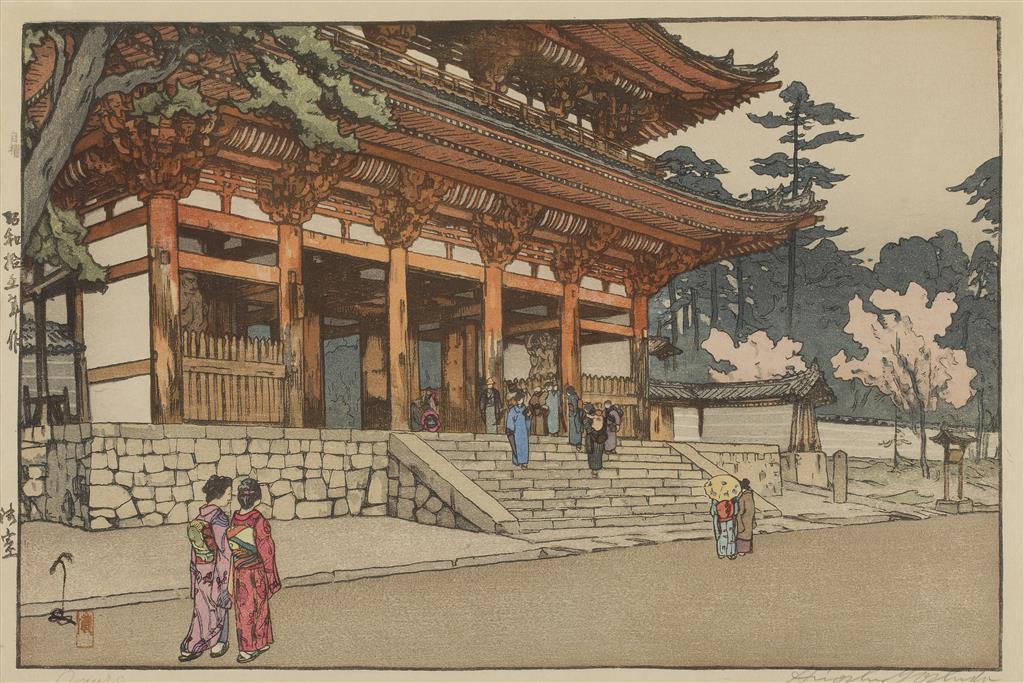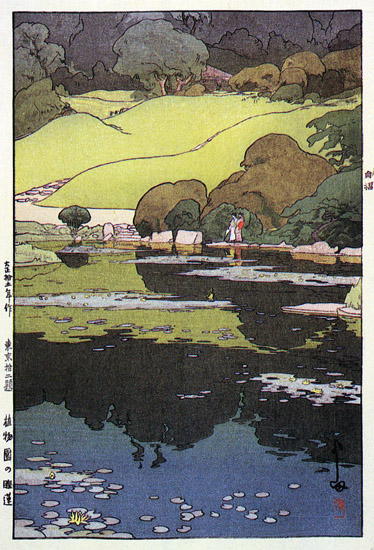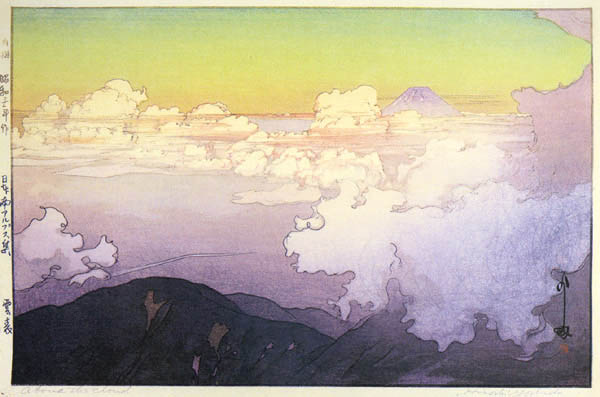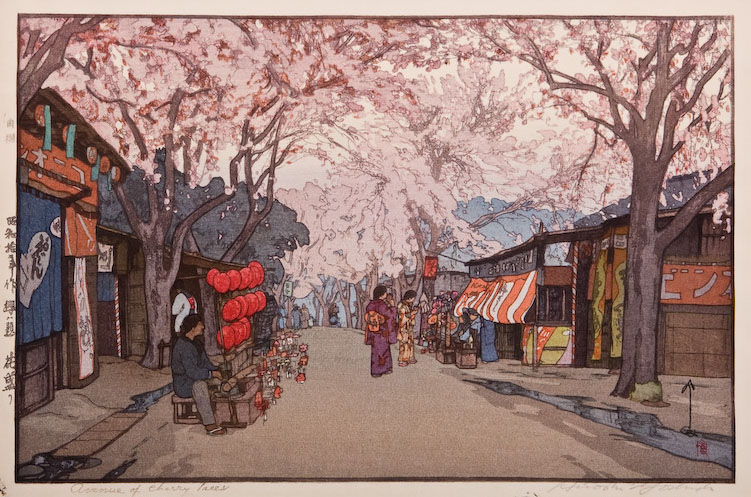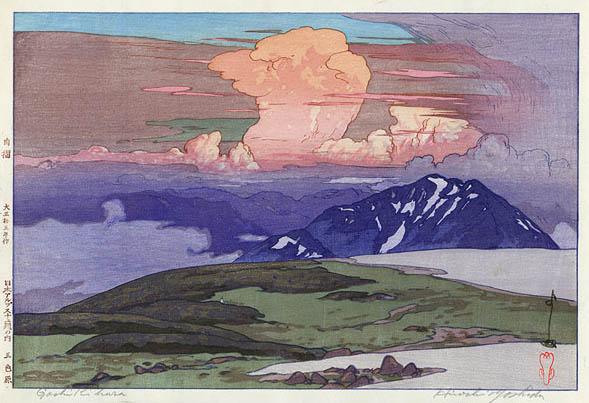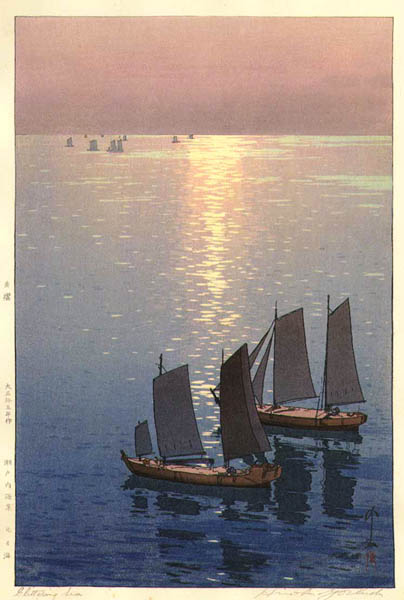Yoshida Hiroshi (1876-1950)
Along with Kawase Hasui and Ito Shinsui, he is one of the most famous print artists and Western-style painters of the shinhanga era. After touring Europe and the United States and realizing the high regard in which Japanese woodblock prints, including ukiyo-e, were held, he began trying his hand at woodblock printing at the age of 49.
While he was still working as a Western-style painter, he tried his hand at woodblock printing at the age of 49. In 1921, he began his career as a woodblock printmaker, producing seven prints under Watanabe’s direction. In 1925, after the earthquake, he began making his own woodblock prints in his own studio based on oil paintings he had made on a trip to Europe and the United States. His work is characterized by a style that makes use of the delicate descriptive skills he developed through his Western painting.
From that studio, he produced masterpieces covering the Grand Canyon, the Matterhorn, Venice, Egypt, and other locations, followed by a series of landscapes from various parts of Japan and works depicting Southeast Asia. His sensitive, delicate, and poetic works, which combine the reliable descriptive ability of authentic Western-style painting with traditional woodblock printing techniques, have earned him high acclaim, especially for his color, which is sometimes printed an astonishing 96 times in order to express subtle shading and transparency. His melancholy style made him popular, and he left more than 600 works during his lifetime.

